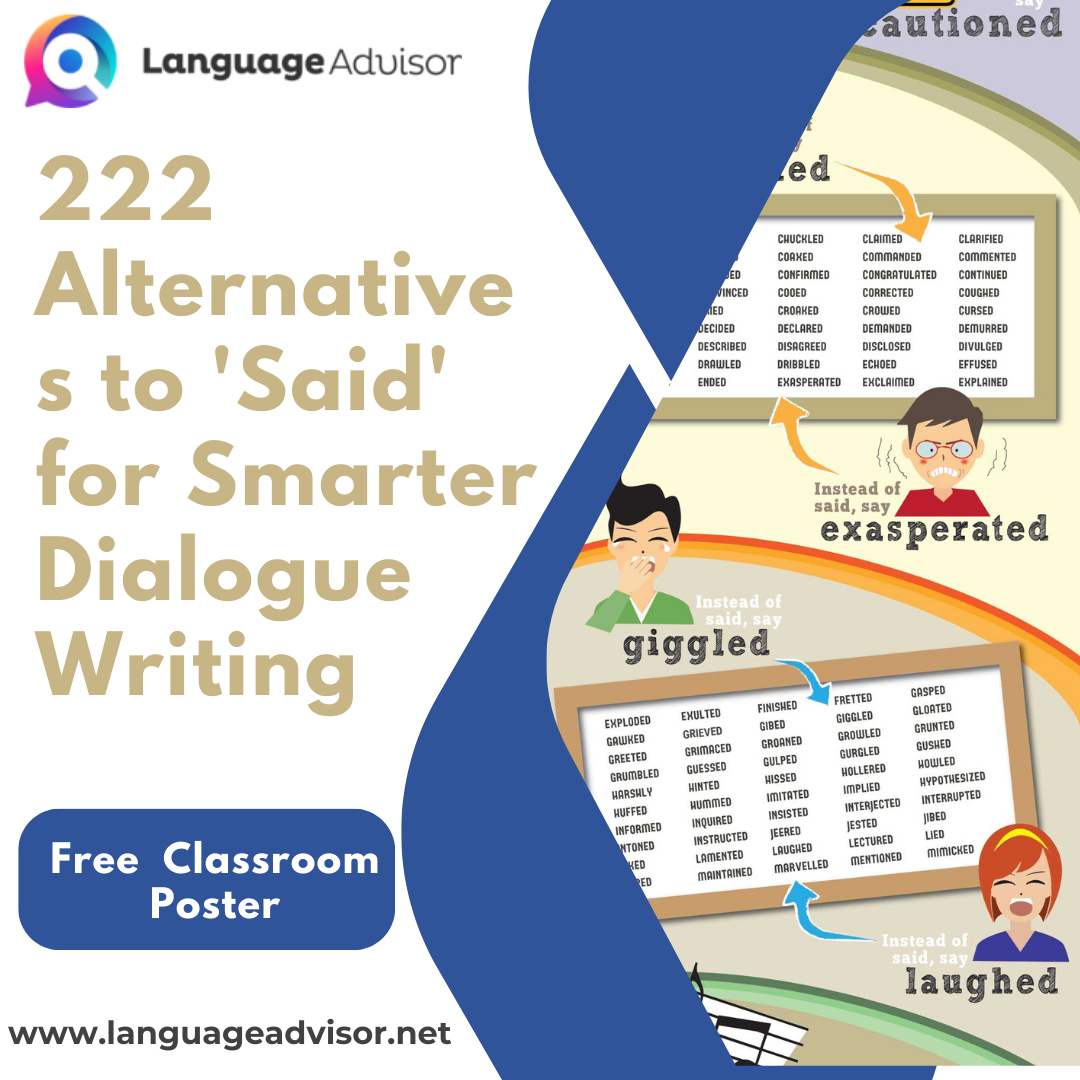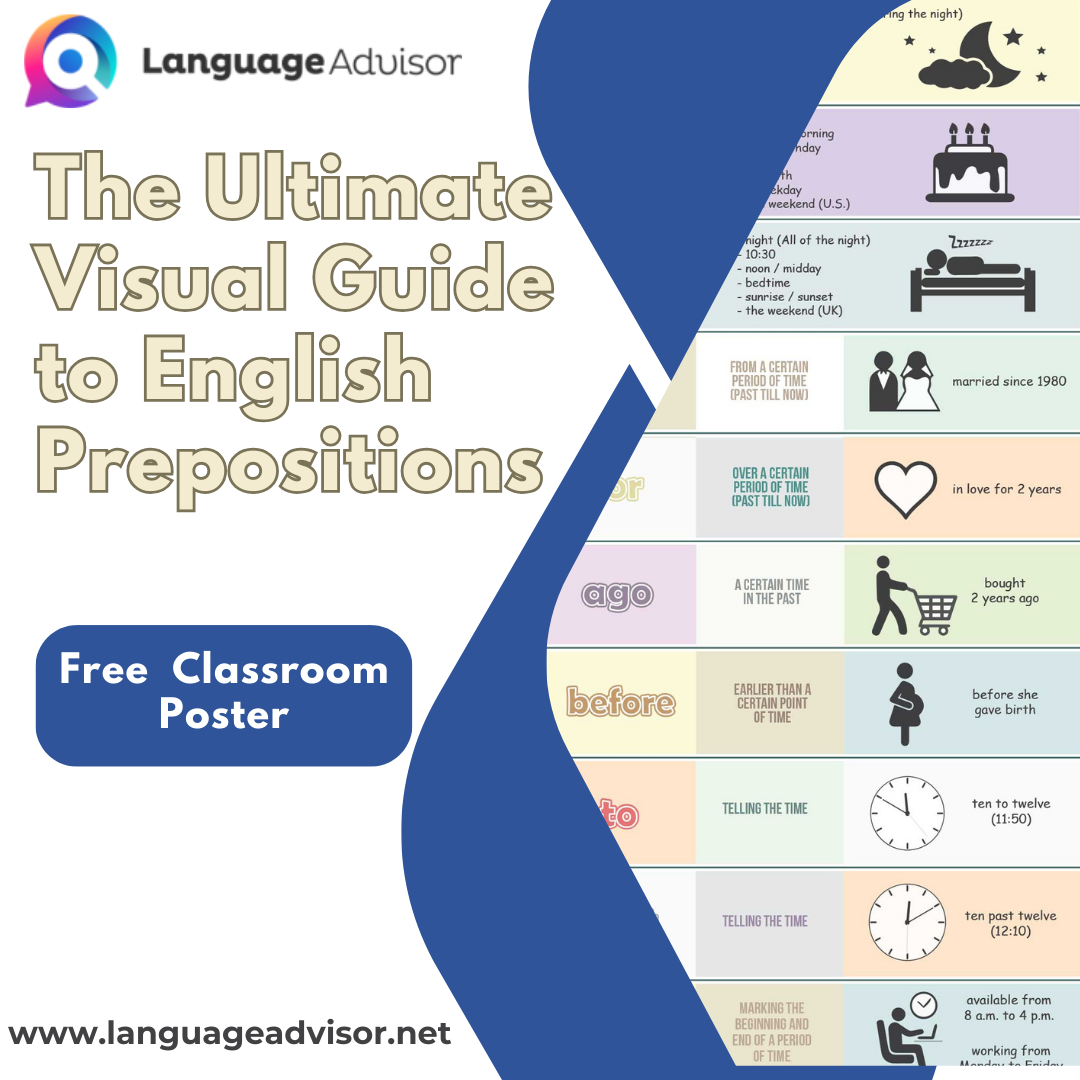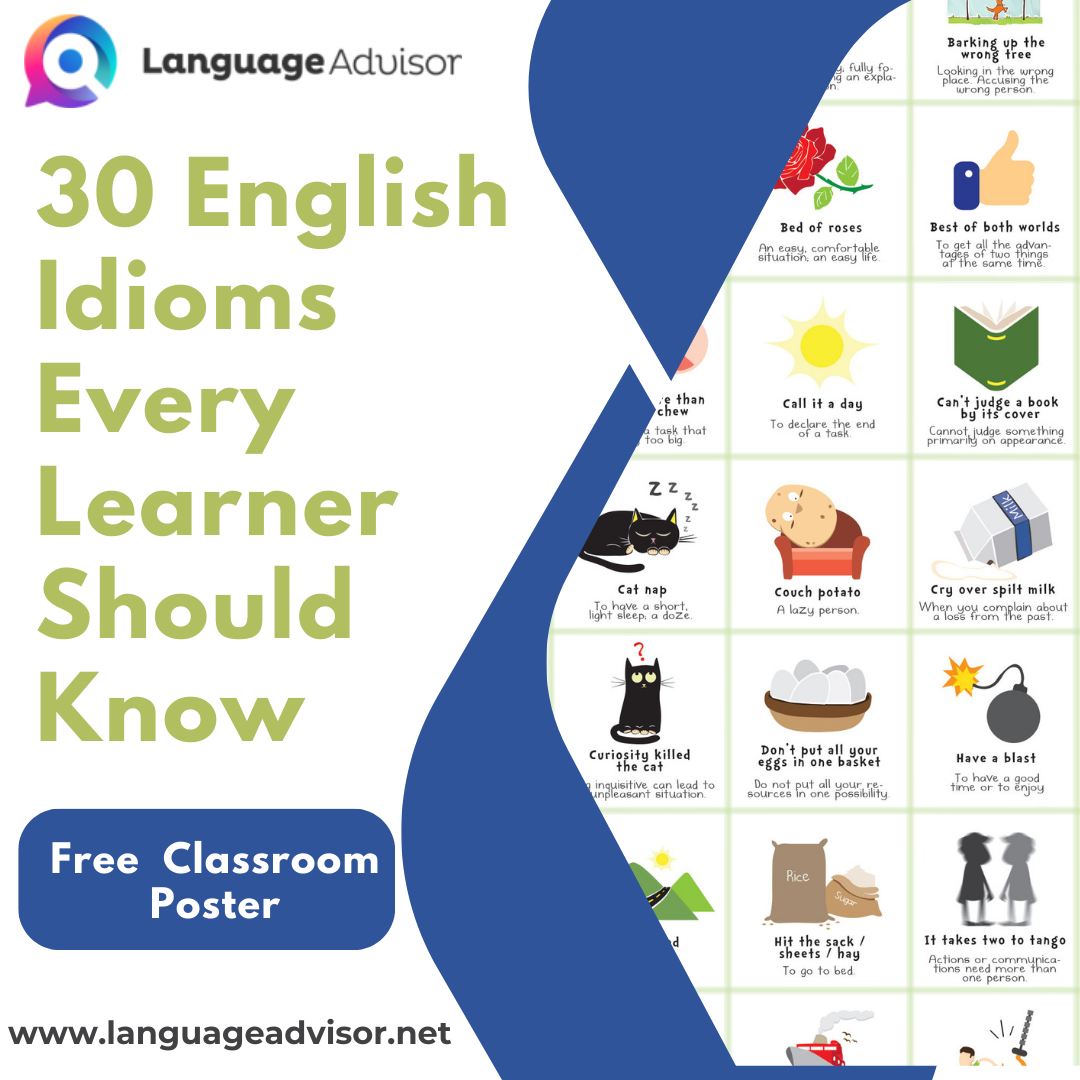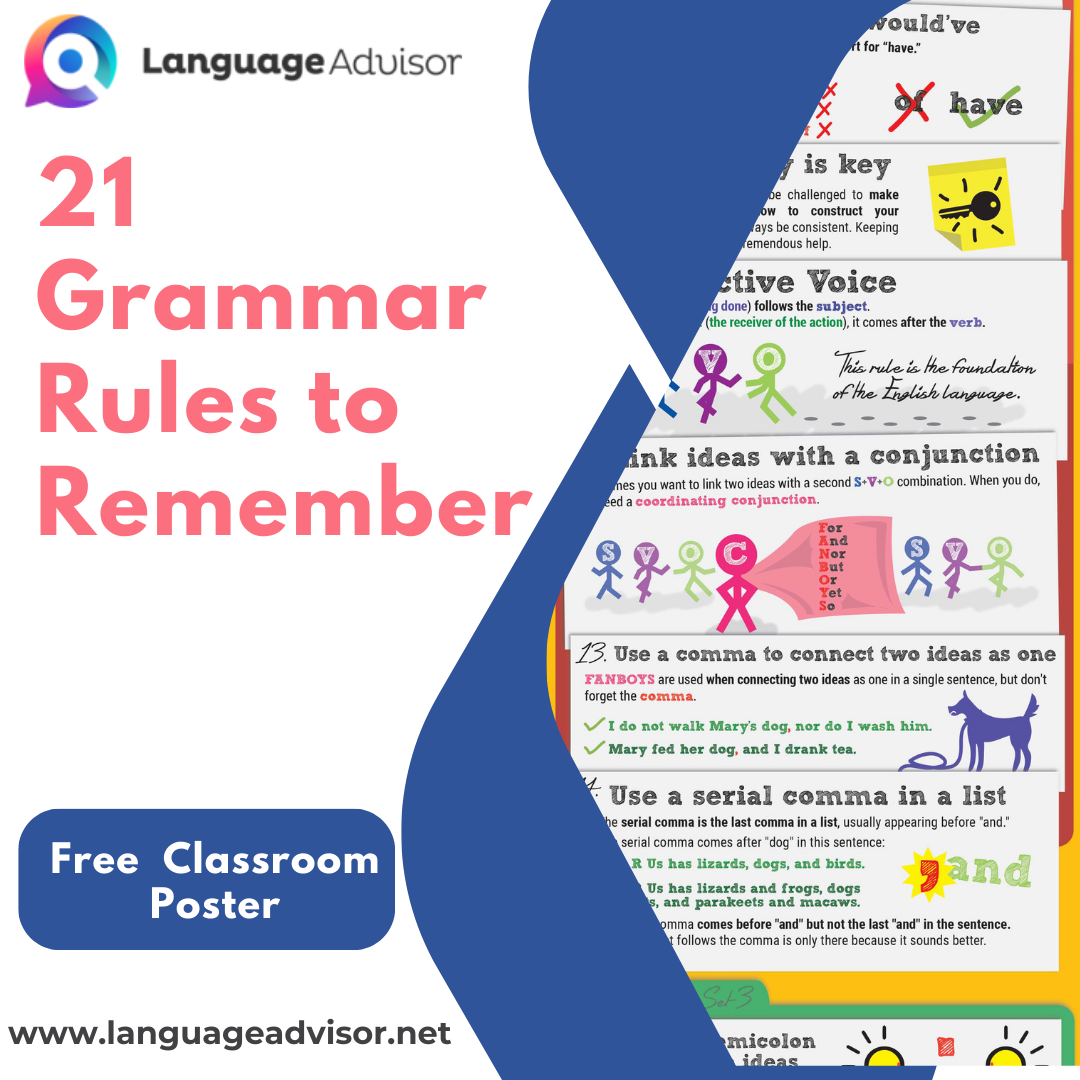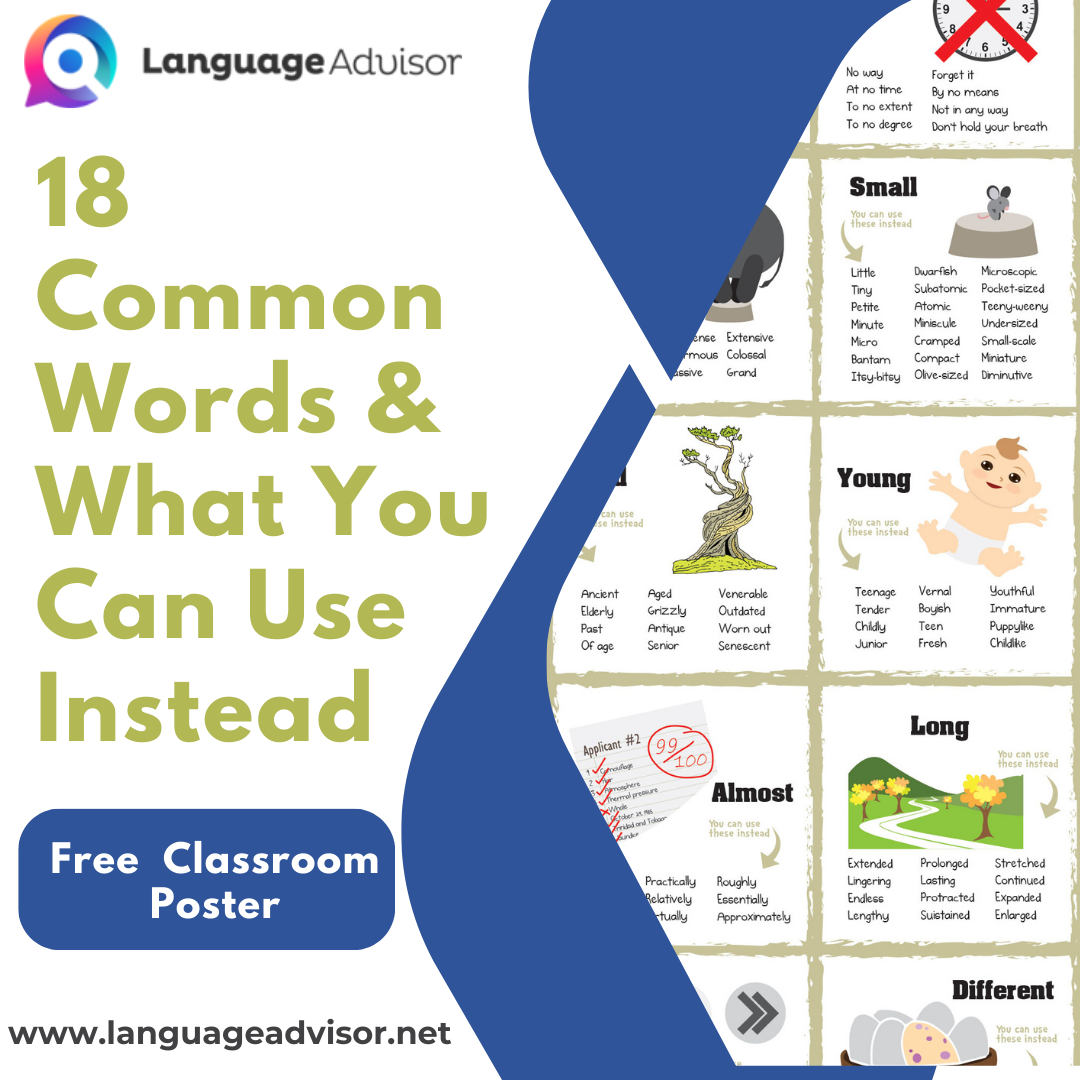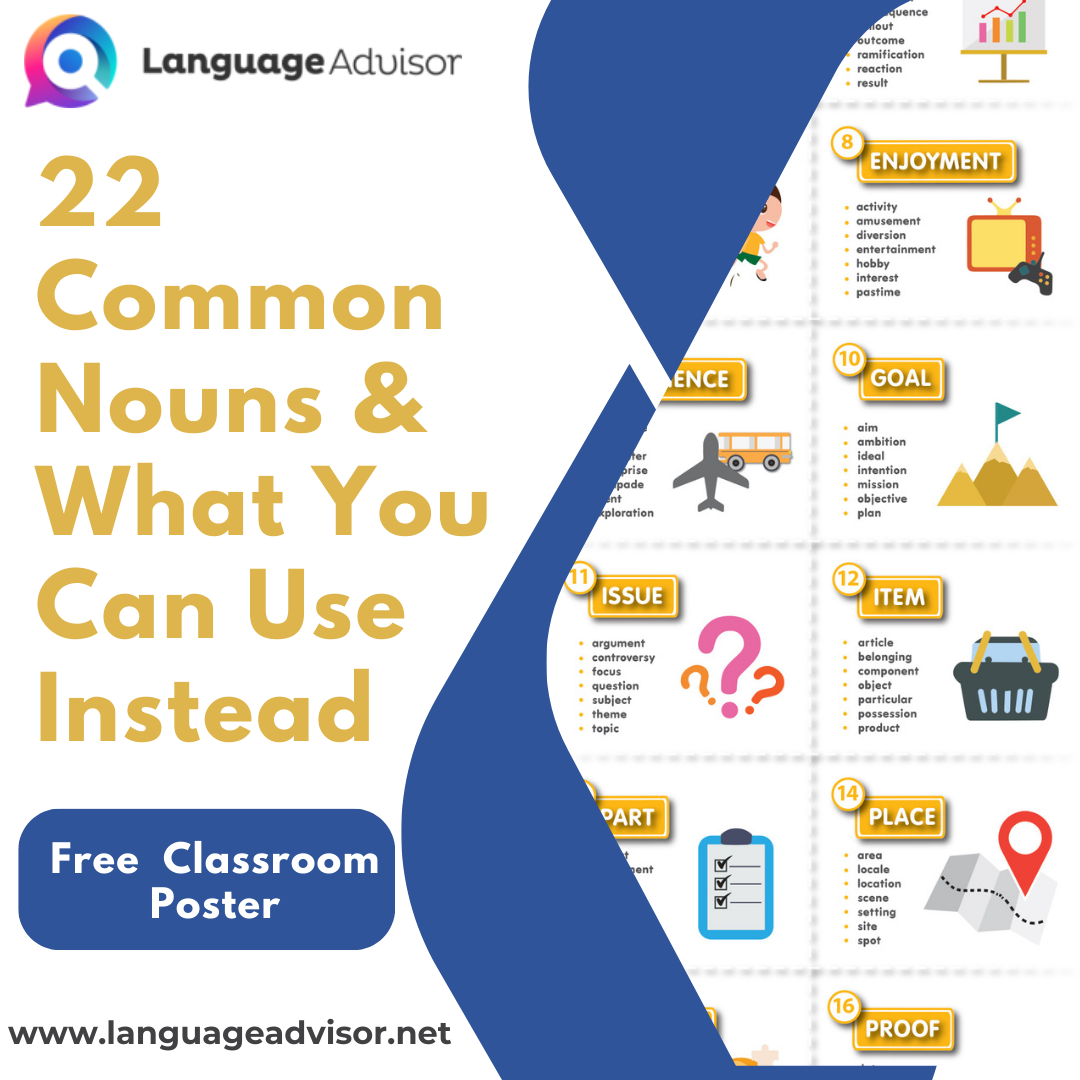222 Alternatives to ‘Said’ for Smarter Dialogue Writing. Supercharge your ESL students’ vocabulary with this engaging poster full of powerful verbs to replace ‘said’. Free Classroom Poster
222 Alternatives to ‘Said’ for Smarter Dialogue Writing

222 Alternatives to ‘Said’ for Smarter Dialogue Writing
If you’ve ever marked a student’s dialogue writing and seen “said” repeated endlessly, you know how important variety is. While “said” is a functional word, relying on it too often makes writing flat and uninteresting. This free ESL classroom poster offers a comprehensive list of 222 alternatives to ‘said’, helping ESL, EAL, and EFL learners express tone, emotion, and intent with more clarity and confidence.
Why This Poster Is a Must-Have:
- Promotes rich, expressive vocabulary in speech and writing
- Helps students convey emotion, tone, and personality in dialogue
- Offers contextual examples to reinforce usage
What’s on the Poster:
- 222 powerful synonyms for “said”
- Organized by tone and intention: happy, sad, angry, surprised, questioning, commanding, neutral, and more
- Simple example sentences for tricky or nuanced words
Sample Alternatives to “Said”:
Happy Tone:
- Cheered
- Laughed
- Rejoiced
- Exclaimed
- Gushed
Example: “We won the game!” she cheered.
Angry Tone:
- Snapped
- Barked
- Raged
- Growled
- Yelled
Example: “You broke it!” he snapped.
Questioning:
- Asked
- Queried
- Inquired
- Wondered
- Probed
Example: “Are you coming?” she inquired.
Informative:
- Explained
- Stated
- Reported
- Clarified
- Observed
Example: “This is due on Friday,” the teacher explained.
Emotional:
- Sobbed
- Whispered
- Mumbled
- Moaned
- Pleaded
Example: “Please don’t leave,” he pleaded.
…and over 200 more words to energize your learners’ dialogue writing!
How to Use This Poster in Class:
- Dialogue Makeover: Give students basic dialogue with repeated “said” and have them revise it with stronger verbs.
- Role Play Practice: Assign different “said” alternatives and have students act them out to practice tone.
- Story Starter Prompts: Give each student a verb from the list to include in a new piece of dialogue writing.
- Verb Sorting Activity: Have learners sort a selection of these verbs into tone categories.
Teaching Tip:
Be sure to explain nuance and tone—some verbs work best in specific emotional contexts. Discuss synonyms in pairs and compare them (e.g., “whispered” vs. “muttered”) to encourage deeper vocabulary understanding.
This poster is especially helpful for exam prep, storytelling units, and creative writing sessions. review them weekly.
📥 Right Click to Download


📩 Want more free ESL grammar lesson? Share this post with other teachers and let us know how it worked in your classroom!
💬 What other grammar topics would you like? Drop your ideas in the comments!

More Free Classroom Posters
Looking for more classroom posters for your English class? Check out these ideas:


